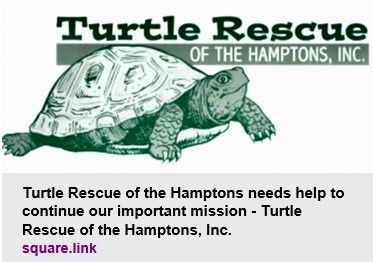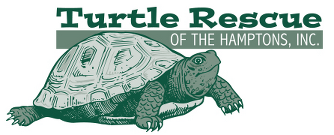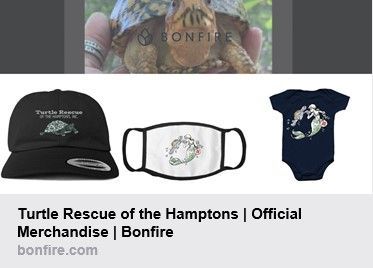Important Facts About Turtles
Turtle Rescue of the Hamptons
TURTLE FACTS
- We have no ocean bearing native turtles. Do not place them there.
- Keep wildlife wild (illegal to take home and rarely survive in captivity).
- Cover all window wells and outdoor cement basement steps (death trap for all wildlife).
- Check crab traps often and use safety doors (TED) so terrapins can’t enter and drown (we supply for free).
- Don’t dump unwanted pets (illegal and they don’t survive and don’t place on Craig’s List as the Asian food market may get them).
- Dumped pets introduce foreign pathogens into our ecosystem and take food from our natives.
- Use barbless circle hooks when fishing and never cut line. If you hook a turtle, they do not survive, get help. Dispose of all fishing gear properly.
- Always call our 24/7 hotline to properly identify hatchlings as they all look similar. An aquatic species will die if placed in woods.
- Always get help even if small injury as one lost female takes 10 years to replace.
- 1 in 1,000 hatchlings make it to adulthood.
- Snapping turtles are shy, not aggressive, but will bite if approached due to fright, like all wildlife. They can not run away. They are our NYS reptile.
- Dog attacks are deadly as their saliva kills. Monitor playtime.
- Lawnmower blade should be set to 8” and mowed mid-day (they are less active) .
- Do not boat in shallow waters where turtles hide.
- Use alternative pesticides and fertilizers (Safers Soap brand for insect control and Epsom salt for fertilizer).
- Always bring for help no matter how small injury or illness. Only an expert can assess a life or death situation.
- Balloons don’t go to heaven. They choke wildlife.
- Cut all 6-pack holders and produce netting before throwing out.
- Turtles are active dawn and dusk, especially after rain, in spring and fall.
- If found in pool (discourage by placing a low water dish nearby) rinse with fresh water and call us. Water logged turtles don’t survive without help.
WHY SAVE TURTLES?
- They are considered a keystone species. A keystone species is an organism that helps define an entire ecosystem. Without its keystone species, the ecosystem would be dramatically different or cease to exist altogether.
- They are also an indicator species. They offer clues to environmental health and are strong indicator species for pollution. They have permeable skin through which they absorb oxygen and toxins.
- They disperse important seeds in our environment and add calcium to our depleted soil.
MOST IMPORTANT
- Never leave an injured animal. It will not be there when we send you back to get it. Take it with you now!
- It takes days for a turtle to actually die and gets eaten alive by flies and suffers greatly. They are rarely dead when injured so always get help!
Click on the link below for a printable PDF file of our turtle facts so you can keep them on hand.




Share On: